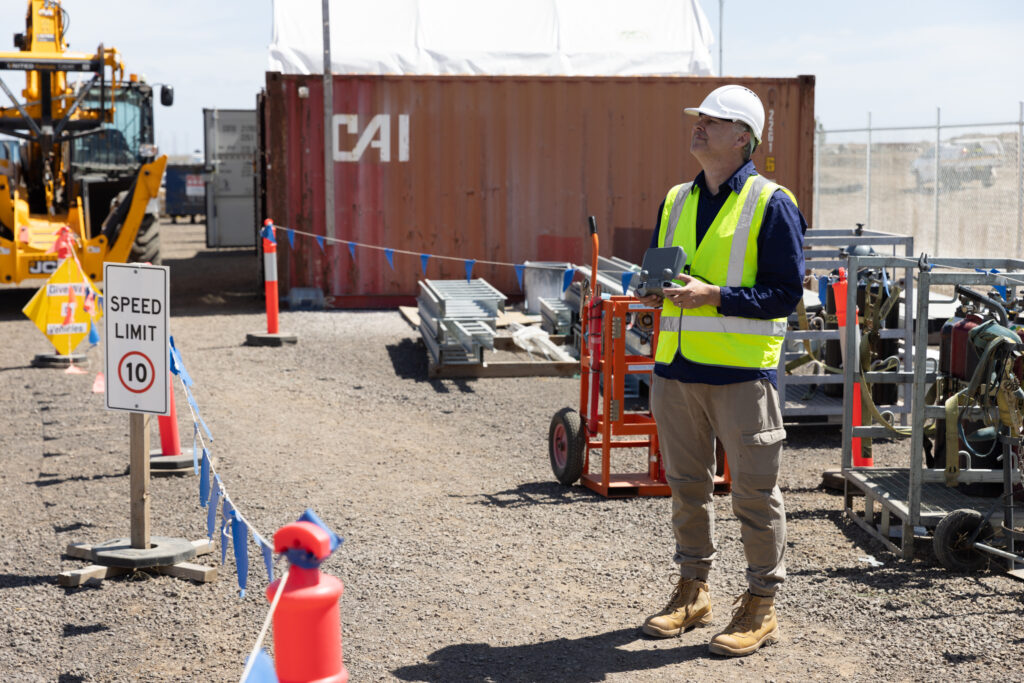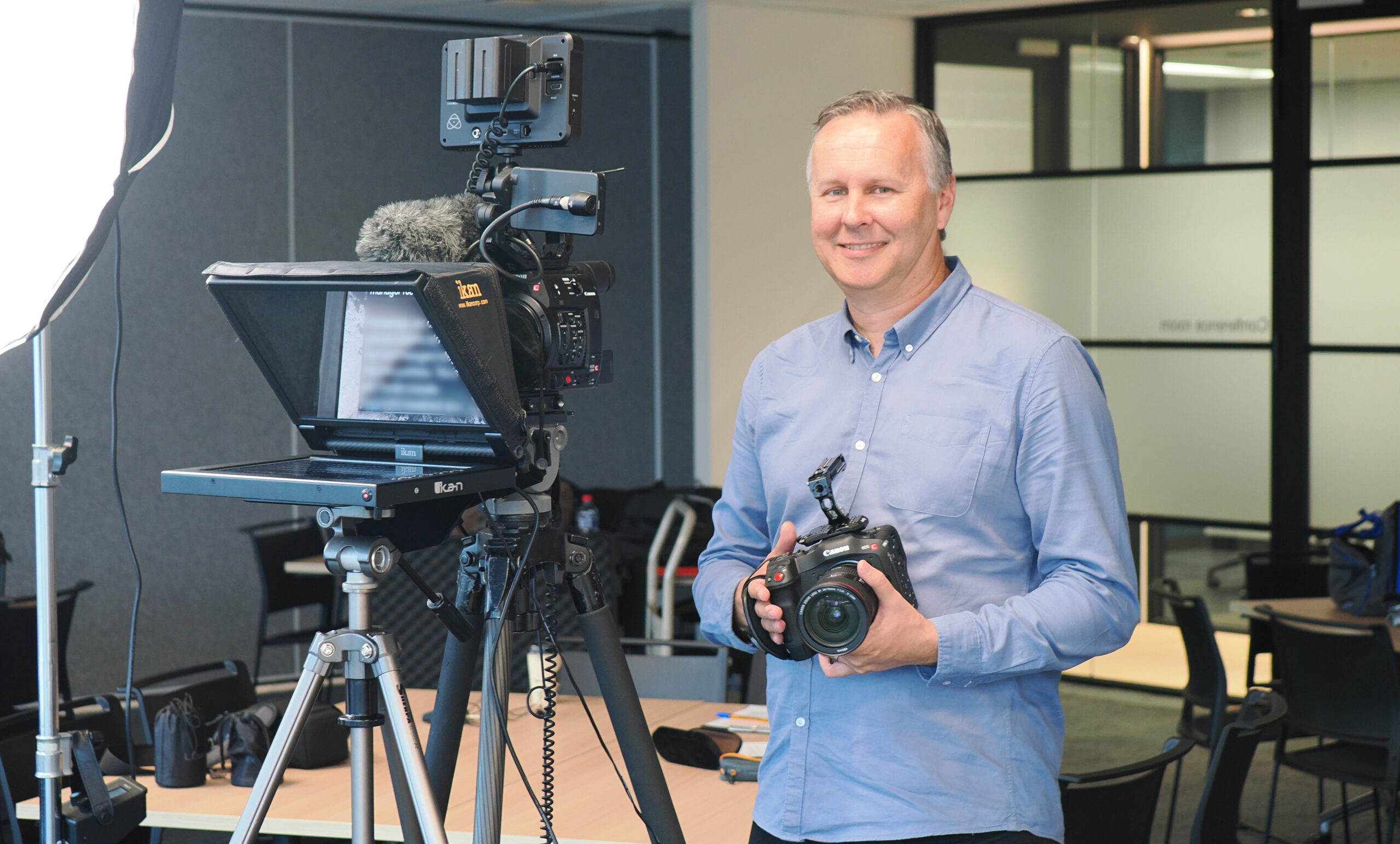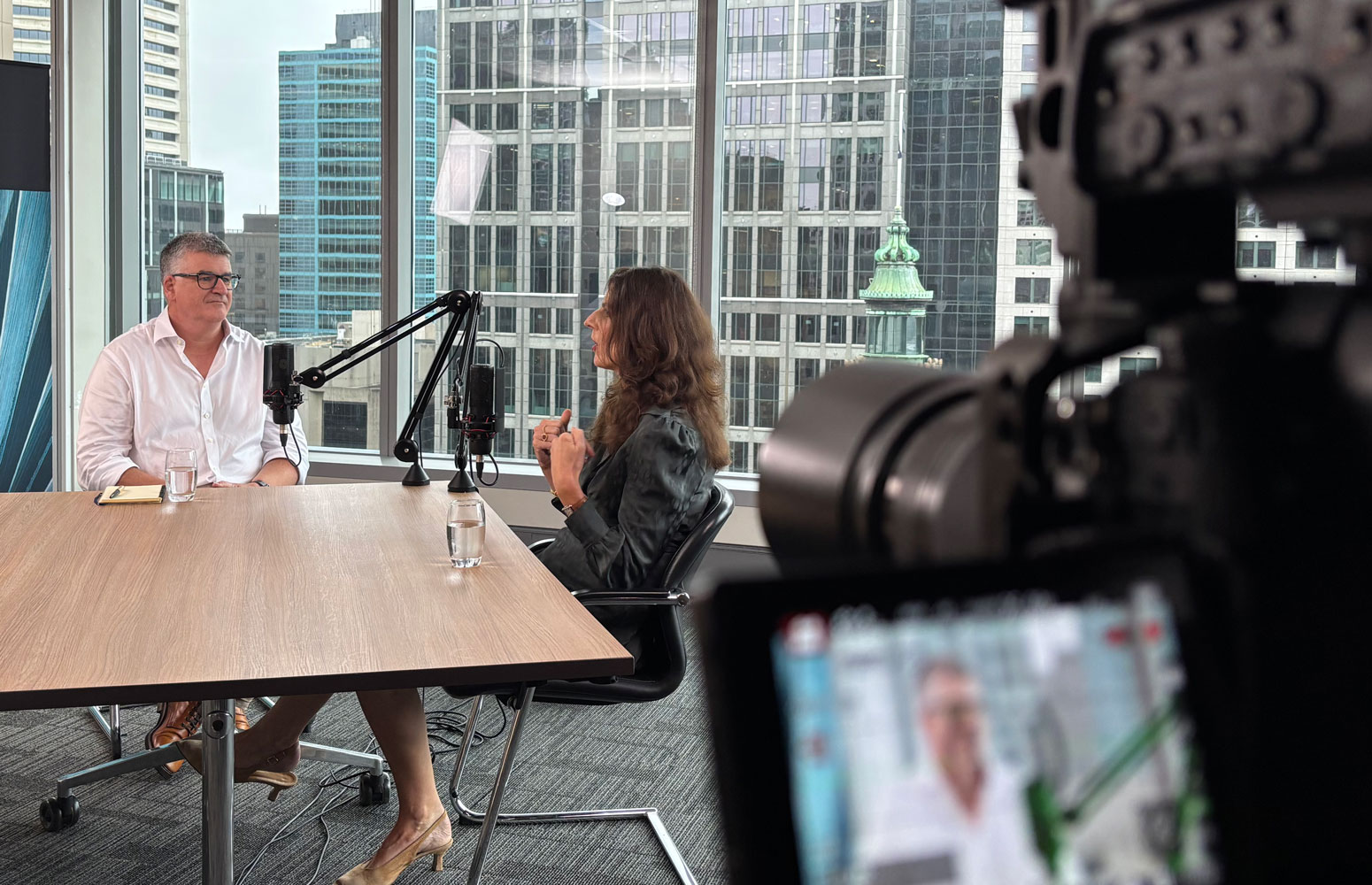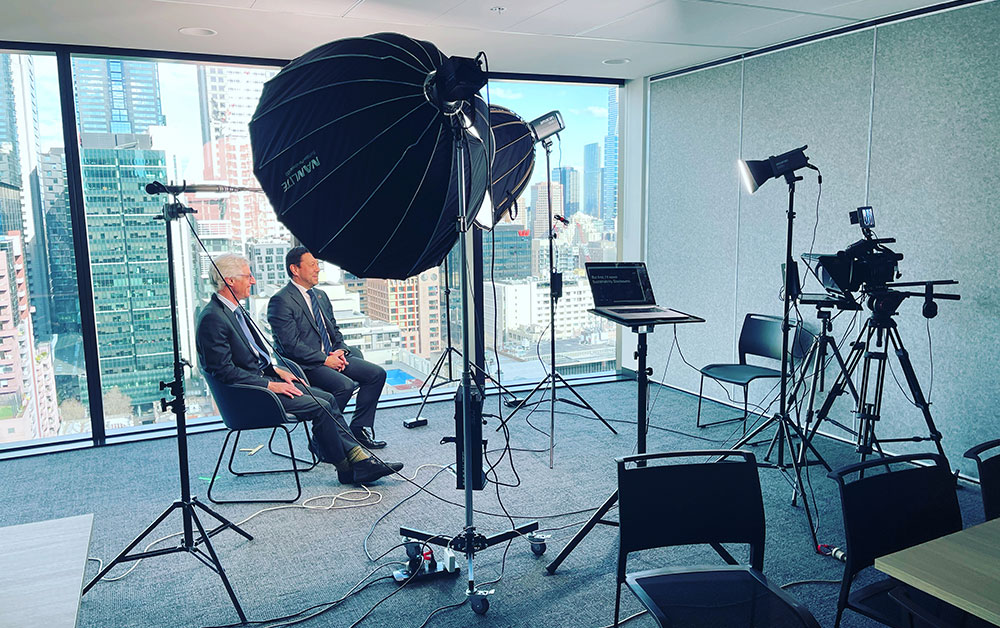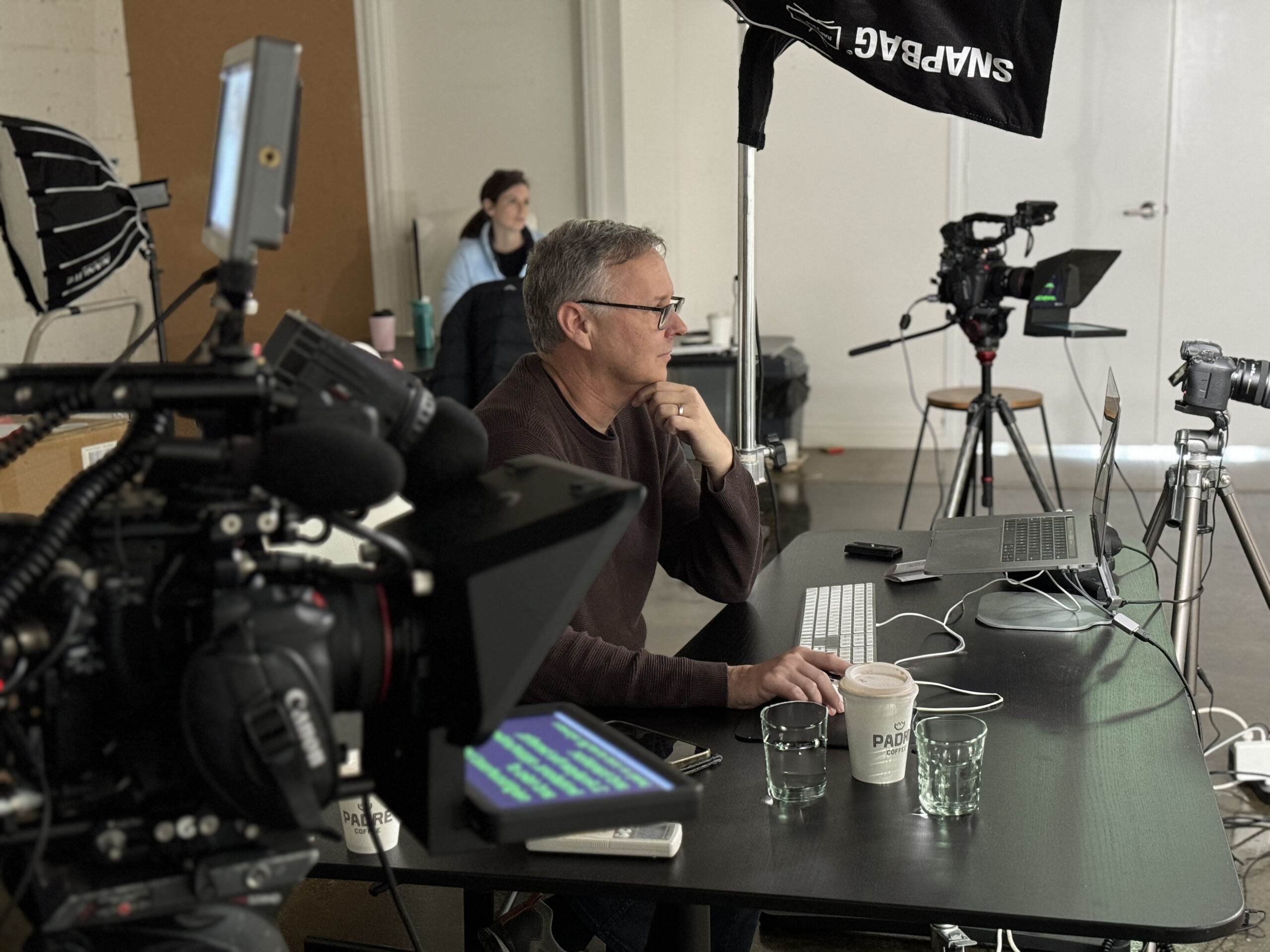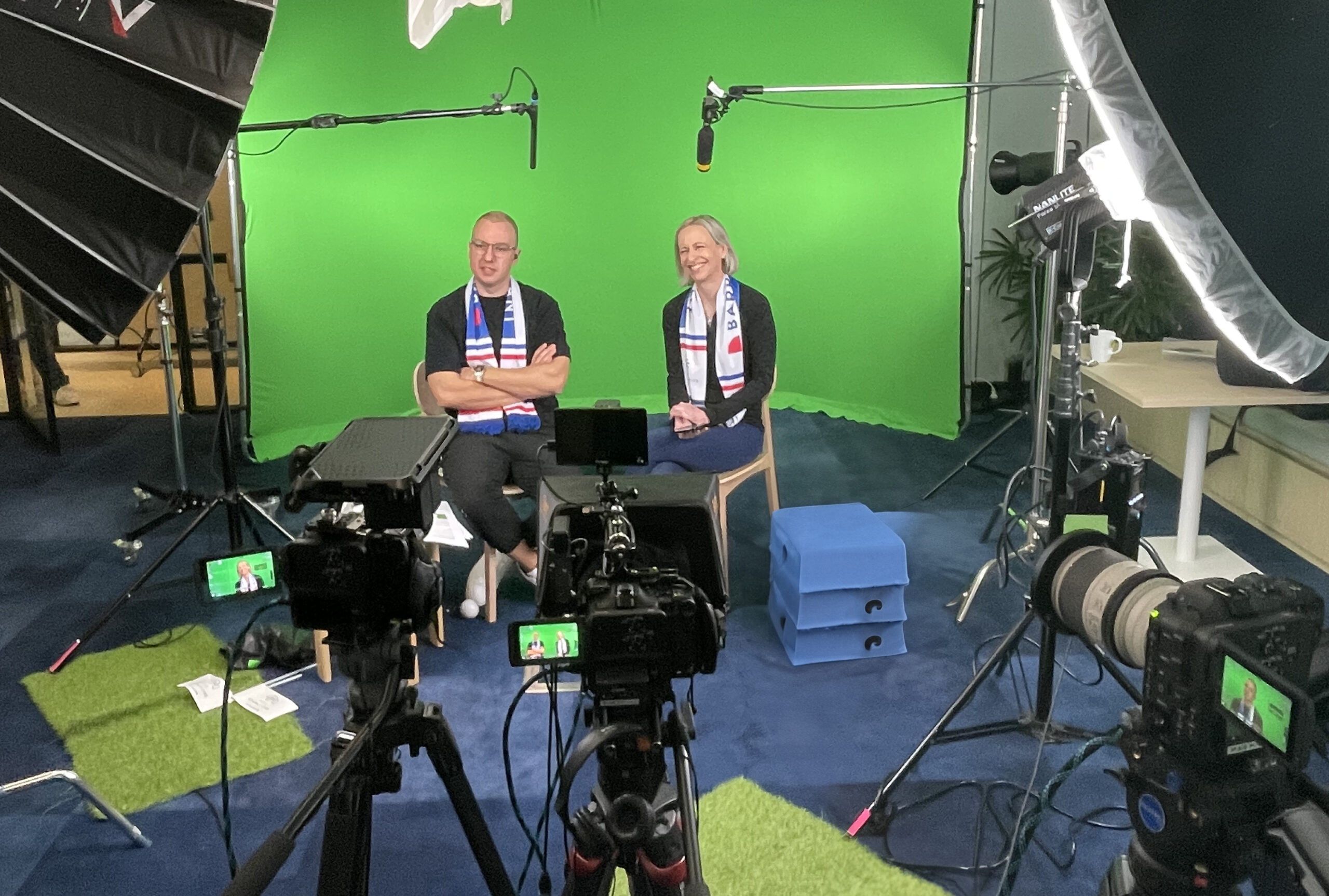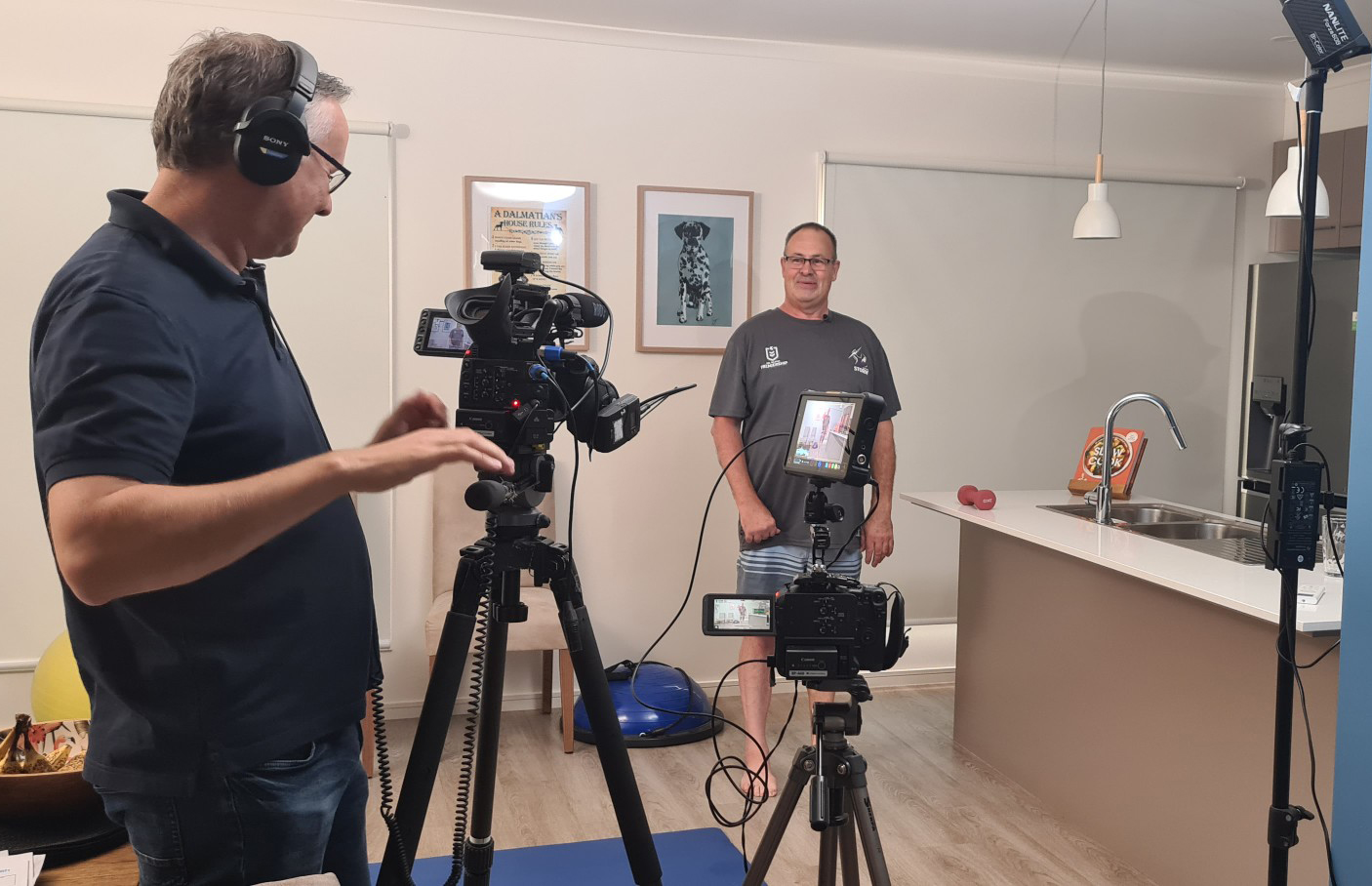In the dynamic world of video production, safety is paramount. Every business has its unique safety processes, and as a video producer, it’s crucial to establish and adhere to a set of safety protocols tailored to the diverse locations we visit for filming. Over the years, producing numerous videos showcasing our clients’ safety processes, we’ve observed both commonalities and distinct guidelines that require our attention.
Key Safety Processes in Video Production
Pre-Arrival Safety Checks
Before setting foot on any site, it’s essential to ensure that all relevant client safety inductions, briefings, and accreditations have been completed. This ensures that our team is well-informed and compliant with the site-specific safety requirements.
Personal Protective Equipment (PPE)
Selecting the appropriate PPE is paramount in ensuring crew safety. Whether it’s our own gear or client-provided equipment, the requirements can vary significantly. From minimal closed-toe shoes in an office setting to a comprehensive ensemble of hi-vis vests, safety glasses, steel cap boots, long sleeves, hard-hats, and face masks on a construction site, we always prioritize safety.
On-Site Representation
Having a company representative accompany our video crew on-site is invaluable. This individual assists in guiding us on best safety practices, highlighting potential hazards, and informing other team members about our presence and permissible areas for filming. There are instances when we need to reconsider a creative shot due to safety concerns, such as setting up cameras in potentially hazardous locations.
Communication is Key
Clear and effective communication is crucial, especially when using equipment like drones. We make it a point to notify others about our filming plans, ensuring everyone is aware of our requirements and operations.
Portable Filming Equipment
Efficiency is key when it comes to our filming equipment. We prioritize portability to facilitate easy movement and minimize disruption to business operations. Essential pieces of kit like trolleys for gear and sturdy light stands with wheels simplify manual handling tasks.
Battery-Operated Equipment
To mitigate the risk of tripping hazards caused by power cables, we predominantly use battery-operated equipment. However, when setting up larger lights that require a power source, we ensure the area is safeguarded with barriers to protect others.
Housekeeping and Cleanliness
Maintaining a tidy and organized filming environment is essential. While we may need to rearrange items during filming, we always ensure that everything is returned to its original state before leaving the site.
Reporting Unsafe Practices
Adhering to the safety mantra, “The standard you walk past is the standard you accept,” we prioritize reporting any unsafe practices or conditions observed on-site to the relevant authorities or personnel.
Managing Crew Fatigue
Given the demanding nature of video production, managing crew fatigue is paramount. With long days, frequent equipment transfers, extended travel times, and intense focus on production details, we schedule ample short breaks and meal times to rejuvenate the body and mind.
Conclusion
Safety is a collaborative effort, and every business has its unique safety practices tailored to its specific needs and environments. By implementing robust safety protocols, clear communication channels, and prioritizing crew well-being, we can create a secure and productive filming environment for everyone involved.
So, what variations do you have in your own business safety practices? We’d love to hear your insights and experiences!
If you would like to discuss how video content can enhance your safety processes and messaging, please don’t hesitate contacting us.

